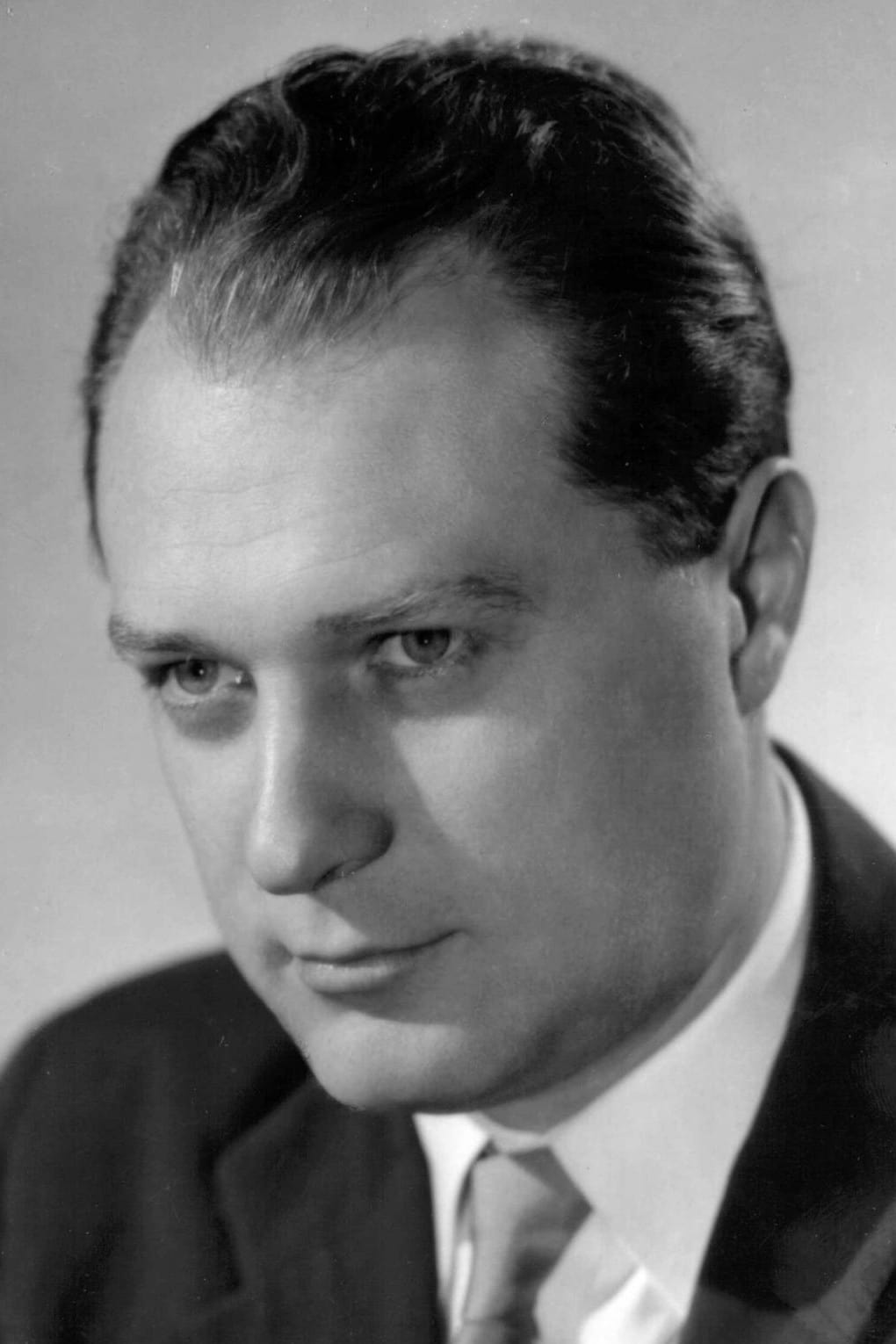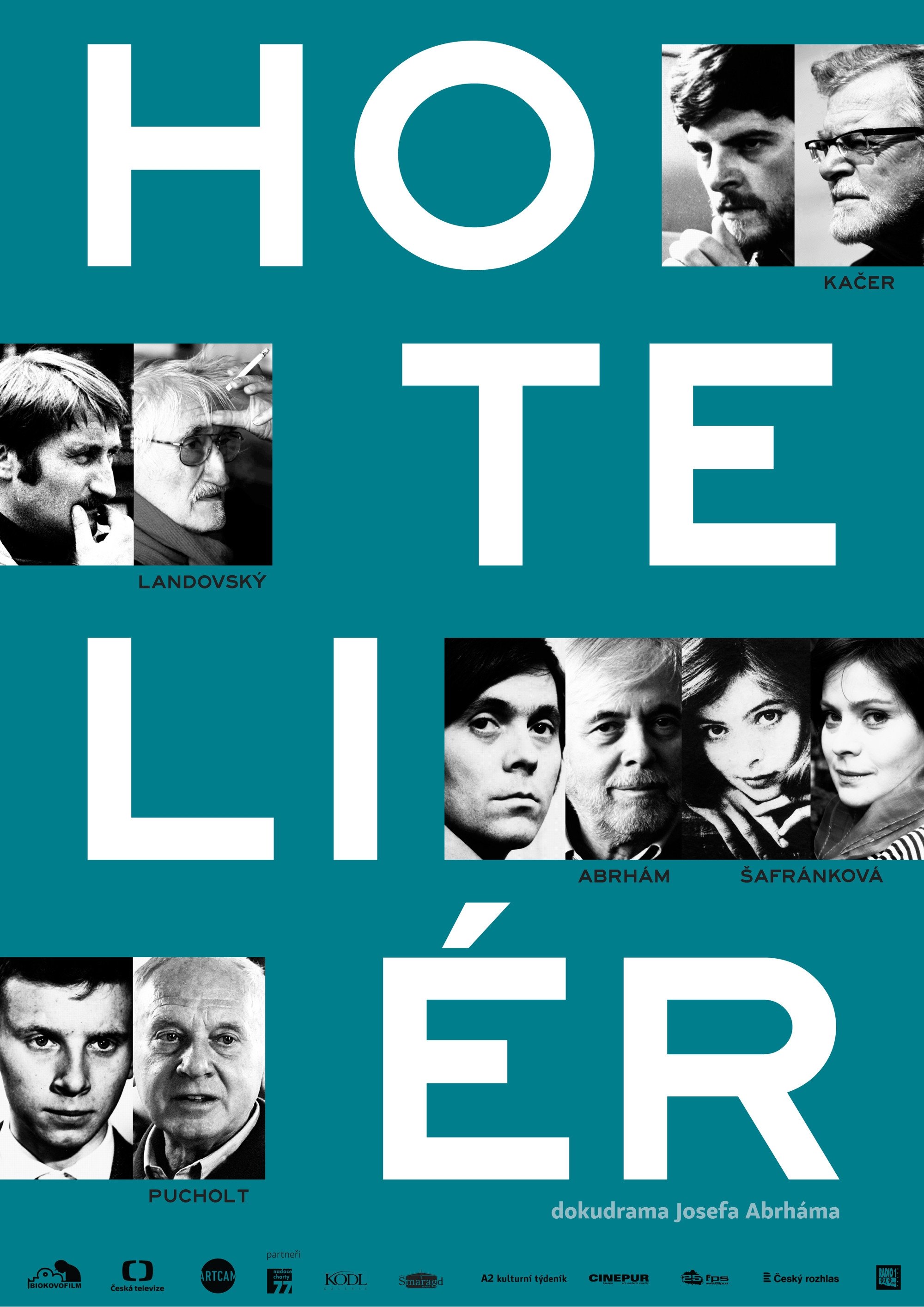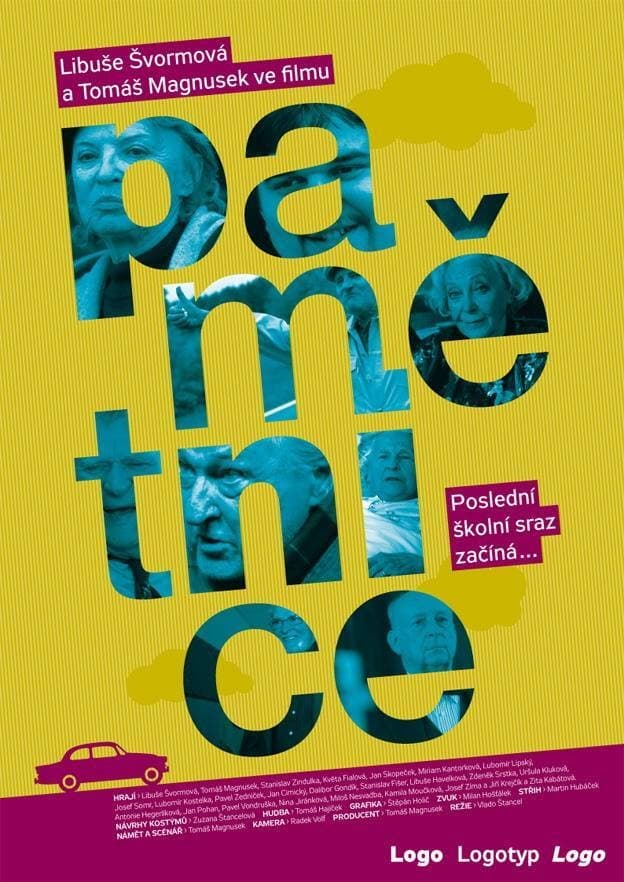



Ester Krumbachová - a costume designer, screenwriter, director; one of the boldest personalities of the Czech New Wave. She worked in theatre, she was a writer and an illustrator. She co-created films such as O slavnosti a hostech (1966), Sedmikrásky (1966), Vsichni dobrí rodáci (1969), Pension pro svobodné pány (1968), Valerie a týden divu (1970), Slamený klobouk (1972) and many others. In the 1960s, she was a 'pivot' of the art scene in Prague, attracting artists who were on the threshold of their career, just setting out to find their own form of self-realization. Those who underwent her tutelage remember her forever. Director Vera Chytilová talks to those who knew Ester Krumbachová, who worked with her, befriended her, loved her. She sets off on a search that is to end by answering the question: Who was Ester?
"Situation of the Street" - An experimental study about Czech life, focusing on Prague's National Street, its businesses and the varied people who frequent it.
A labyrinthine portrait of Czech culture on the brink of a new millennium. Egon Bondy prophesies a capitalist inferno, Jim Čert admits to collaborating with the secret police, Jaroslav Foglar can’t find a bottle-opener, and Ivan Diviš makes observations about his own funeral. This is the Czech Republic in the late 90s, as detailed in Karel Vachek’s documentary.

Two families, Sebkovi and Krausovi, are celebrating Christmas, but not everyone is in a good mood. The teenage kids think that their fathers are totally stupid, and the fathers are sure that their children are nothing more than rebels, hating anything they say.
Quite a few years have passed since November 1989. Czechoslovakia has been divided up and, in the Czech Republic, Václav Klaus’s right-wing government is in power. Karel Vachek follows on from his film New Hyperion, thus continuing his series of comprehensive film documentaries in which he maps out Czech society and its real and imagined elites in his own unique way.
Film makes the creative process visible by letting its narrative flow in the mind of a foreign director who is researching a film about Franz Kafka in Prague. Based on the principle of dreams and free association, segments unfold that deal with the various points of view that Kafka's work, personality and fate offer. In the labyrinth of his mind, the fictional director projects himself into situations from the author's life, with Kafka himself as his guide. At the same time, he delves into the history of the persecution of the Jews and glimpses the monstrosity of the bureaucratic apparatus that Kafka anticipated but could not have foreseen the monstrous size and function it would grow to a few years after his death in the institutionalized genocide and overall machinery of Nazism.
Nepochybně jedním z nejvýznamnějších režisérů a scénáristů české kinematografie je pražský rodák Jiří Krejčík. Po maturitě se věnoval studiu techniky a během druhé světové války pracoval v barrandovských ateliérech jako statista. Čímž pronikl do světa filmu a brzy zatoužil po vlastní režijní práci. Začínal tvorbou krátkometrážních a reklamních snímků. Spolupracoval také například s výtvarníkem Jiřím Trnkou na hrané části kresleného filmu DÁREK. První hraný celovečerní snímek natočil v r.1947 a byl jím TÝDEN V TICHÉM DOMĚ, na motivy Povídek malostranských od Jana Nerudy. Následoval film o osídlování českého pohraničí po druhé světové válce s názvem VES V POHRANIČÍ. V 50. letech byla jeho práce bohužel poznamenaná dobovou ideologií. Jedná se především o díla NAD NÁMI SVÍTÁ a FRONA. V r.1958 se podílel režií krátkého snímku Glorie na povídkovém filmu O VĚCECH NADPŘIROZENÝCH, kde se pokoušel adaptovat krátké prózy Karla Čapka. Za tento počin byl oceněn na Mezinárodním filmovém festivalu v Locarnu 1959. S příchodem let šedesátých, přichází podle mnohých vrchol Krejčíkovy tvorby, který odstartoval film VYŠŠÍ PRINCIP popisující smutné období heydrichiády, jenž získal také řadu různých ocenění a objevil pozdější velkou hvězdu českého filmu - herečku Janu Brejchovou. K dalším významným dílům patří povídkový snímek ČINTAMANI A PODVODNÍK či satirická komedie SVATBA JAKO ŘEMEN. V r.1967 Krejčík adaptoval hru známého irského dramatika Seana O´Caseyho Bedtime Story pod názvem PENSION PRO SVOBODNÉ PÁNY. Další velký úspěch zaznamenal v r.1979 životopisným filmem BOŽSKÁ EMA o slavné operní pěvkyni Emě Destinnové. Posledním filmem Jiřího Krejčíka se stal v r.1984 PRODAVAČ HUMORU - satiristický pohled do zákulisí socialistického estrádního průmyslu. Od té doby se jeden z nejuznávanějších domácích filmařů věnuje výhradně práci pro televizi. Režisér Jiří Krejčík už se několikrát také objevil na filmovém plátně. Z jeho maličkých, ovšem nezapomenutelných rolí vyniká především nenasytný pan Karel z Menzelových SLAVNOSTÍ SNĚŽENEK a dále profesor Stárek v retrokomedii Jana Hřebejka PELÍŠKY.
By browsing this website, you accept our cookies policy.